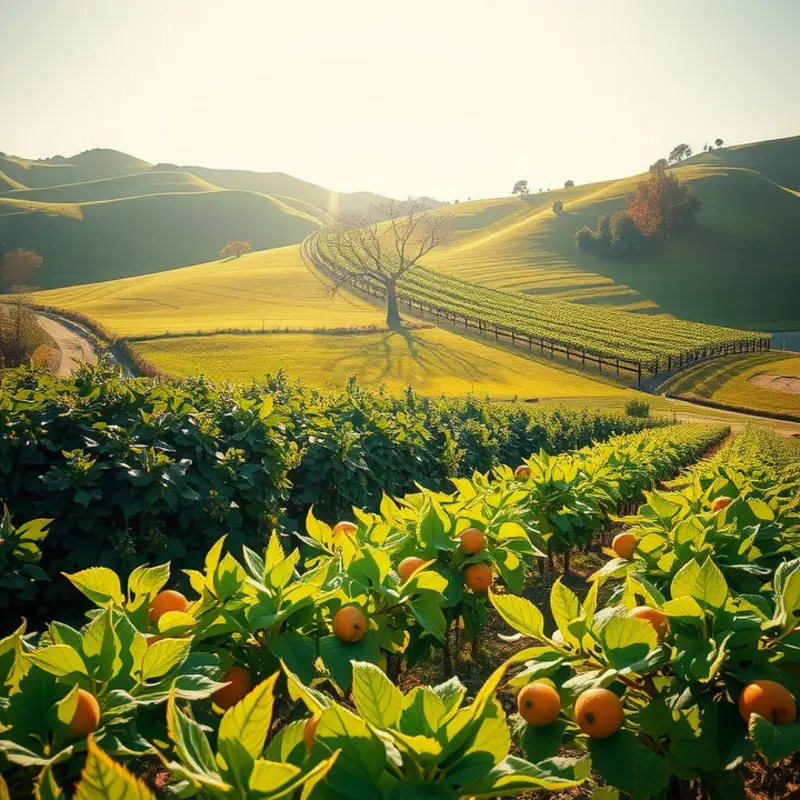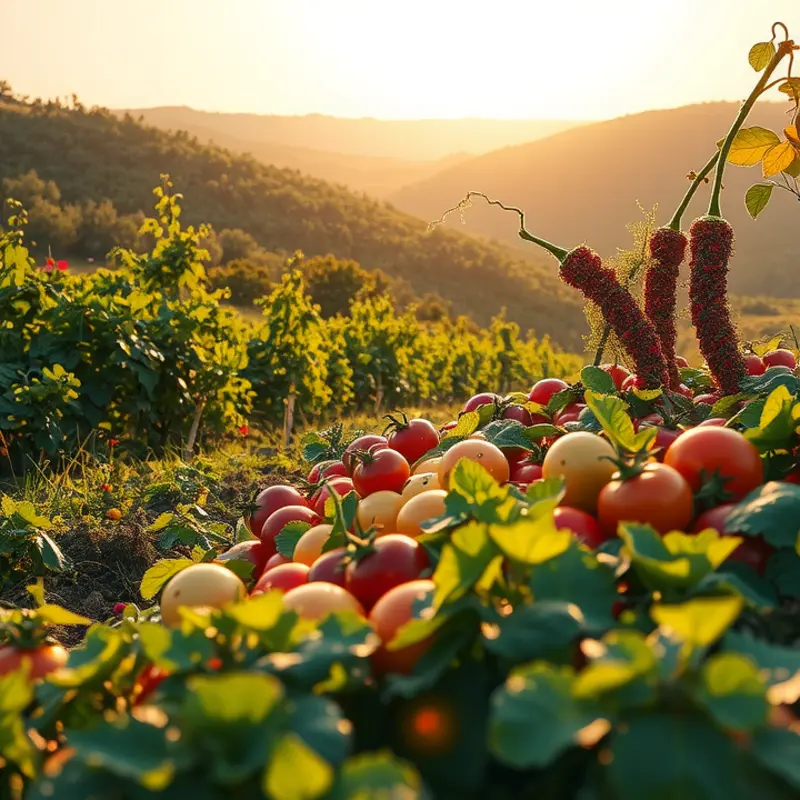Understanding how to properly stir sauces can greatly enhance your cooking experience. Whether you’re a beginner or an experienced home cook, mastering stirring techniques can help you achieve smoother, richer textures and prevent unsightly clumps. From rich gravies to delicate emulsions, the key to successful sauce-making lies in understanding the role of stirring and the importance of timing. With these clear tips and tricks, you’ll be on your way to creating delicious sauces that will impress your family and friends.
The Basics of Stirring Techniques

Gentle stirring is the hallmark of many delicate sauces, where maintaining the integrity of fine ingredients is essential. For example, a hollandaise sauce demands a gentle hand to avoid scrambling the eggs. Use a whisk or a wide spatula for such purposes to incorporate air and keep the mixture light while gently blending the sauce elements.
On the other hand, vigorous stirring comes into play when creating emulsified sauces like vinaigrettes or when dissolving sugar in a caramel sauce. A wire whisk or wooden spoon is your best tool here, providing the sturdy resistance needed to combine ingredients with varying viscosities effectively.
Then there’s the art of folding, utilized mostly in cream sauces to prevent them from separating. This method involves turning the sauce over itself with a silicone spatula or wooden spoon. It’s gentle yet efficient, ensuring even distribution of flavors without deflation.
Choosing the right tool is half the battle won in sauce making. Beyond the standard whisk and spoon, a rubber spatula allows for smooth scraping of the sides and bottom of the pan, ensuring that every bit of flavor is well-incorporated. To achieve the best results, consider having a variety of spatulas and spoons, each suited to different tasks within sauce preparation.
In terms of technique, begin by slowly adding components into your base while stirring continuously, adopting either a circular motion for thin sauces or a back-and-forth method for thicker, creamier creations. Mastering this ensures that layers of flavor meld into a unified composition.
As temperature control is crucial, a consistent stir helps in preventing burning and developing unpleasant textures. Pay particular attention to the edges of your cooking vessel, where sauces often tend to stick and overcook.
One often overlooked aspect is the significance of timing. Knowing when to stir rapidly to incorporate a mix versus when to slow down to maintain aerated lightness can elevate your sauce from mundane to masterful.
Ultimately, mastering stirring techniques can transform your cooking. Every sauce benefits from a careful balance of precision and intuition, where the rhythmic motion of stirring leads to the creation of a smooth, glossy finish.
For additional culinary insights on minimizing waste during your meal preparation, you might find this low waste cooking and prep guide useful as you refine your sauce-making skills.
Advanced Stirring Techniques for Perfect Sauces

Elevating your cooking with expert stirring techniques can transform a basic sauce into a culinary triumph. Mastering emulsified sauces, like hollandaise or mayonnaise, demands precision in both technique and temperature control. Maintaining the right conditions ensures the emulsion stays stable, yielding a beautifully smooth sauce.
Emulsified Sauces and Temperature Control
When creating emulsified sauces, temperature plays a pivotal role. Too hot or too cold and the emulsion could break. Begin with all ingredients at room temperature. As you heat or stir, maintain a steady pace and ensure consistent heat distribution. When working on a sauce like beurre blanc, a French classic made with butter, your whisking must be constant and gentle. If the temperature rises too fast, the butter may separate. Aim to keep the saucepan just warm enough to incorporate the butter slowly.
Whisking—The Art of Incorporation
Whisking is an essential technique to ensure even distribution of ingredients and prevent separation. Use a balloon whisk for light and airy sauces needing more air incorporated. For richer, denser sauces, like a velvety hollandaise, consider a sturdier whisk. The key is to whisk continuously from start to finish. This keeps sauces smooth and prevents clumps. When mastering a hollandaise, slowly add clarified butter to egg yolks, steadily whisking to incorporate and maintain the emulsion.
Swirling for Texture and Flavor
Swirling is particularly effective with sauces where herbs and spices are added at the end. Marinara sauce, for example, can benefit from a final swirl to meld flavors without overcooking delicate components like basil. Use the spoon to follow the saucepan’s contours, creating a vortex that keeps ingredients moving. This method is less vigorous than whisking and perfect for sensibly blending while allowing ingredients to maintain their distinct characteristics.
Adapting Techniques to Sauce Types
The type of sauce dictates the stirring method for best results. Lighter, more delicate sauces require more finesse and gentle whisking, suited for sauces like béarnaise, which needs a careful approach to avoid curdling. For heartier sauces, such as Bolognese or thick gravies, stir with a wooden spoon or spatula to reach all parts of the pan—critical for preventing burns and ensuring thorough mixing.
Interested in minimizing kitchen waste while you explore these techniques? Check out some tips on low-waste cooking prep and storage. This way, you can elevate your sauce-making while also contributing to a more sustainable kitchen.
Remember, the essence of superior sauce creation lies in understanding the unique demands of each sauce and applying the right technique. Stirring is more art than science, requiring intuition and patience to achieve perfection.
Final words
Mastering stirring techniques is essential for every home cook looking to elevate their sauce-making skills. From understanding the basic stirring methods to implementing advanced techniques, the right approach can transform your sauces into culinary masterpieces. Remember to practice these techniques, and don’t hesitate to experiment with different tools and methods. As you gain confidence in your stirring abilities, you’ll find that making sauces becomes not only easier but also a rewarding part of your culinary journey. So grab your whisk and start stirring your way to delicious homemade sauces!







